
Clean Air Zones & ULEZ: What it Means For You
Clean Air Zones and ULEZ restrictions mean certain cars may now be subject to daily charges. Take a look at our overview of what the guidelines mean for you.

Financing a used car
Find out more about your options for financing a used car, along with details of where to buy an approved used vehicle.
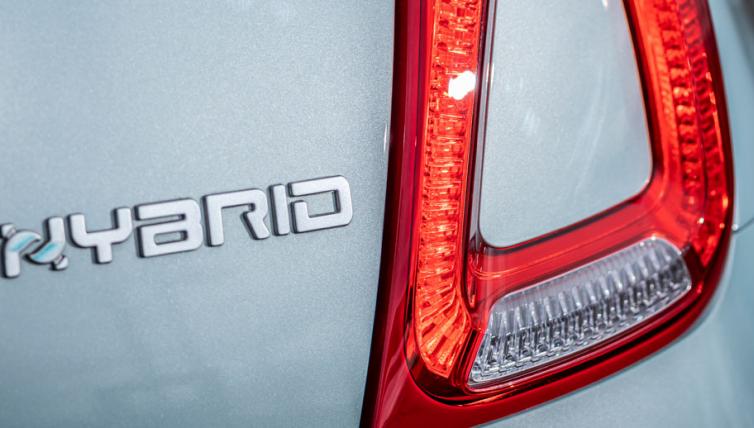
What is a hybrid car?
Your guide on how hybrid cars are fuel efficient and better for our environment.
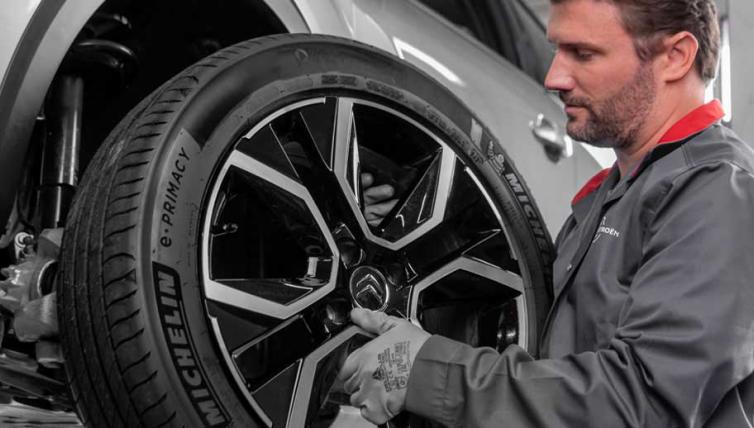
Basic car maintenance tips
Useful information about car maintenance, including how often your car needs servicing.
Flex & Free now available

What is the environmental impact of electric cars?
Are electric cars actually good for the environment? Explore what impact you can have on the environment by switching to an electric vehicle.
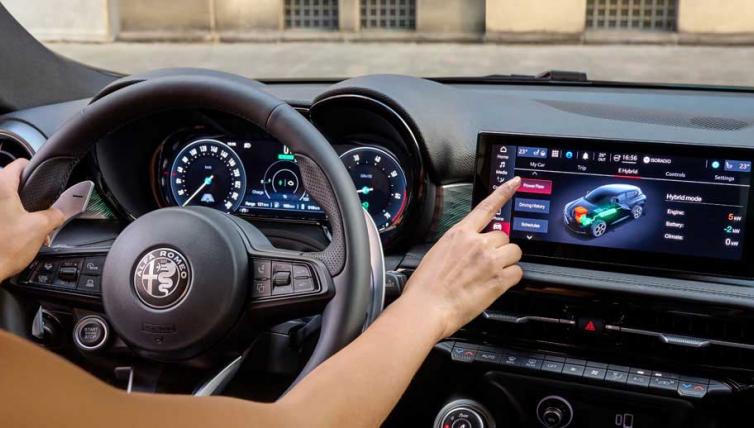
The difference between hybrid cars & electric cars
Compare the differences between hybrid and electric vehicles including range, emissions and fuel economy.

Electric & hybrid car finance explained
Everything you need to know about the types of finance options for electric and hybrid cars.
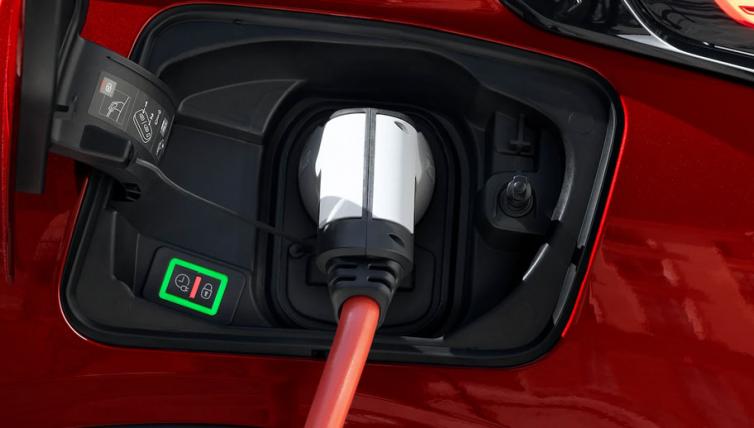
How much does an electric car cost?
Learn more about the costs of owning an electric car.
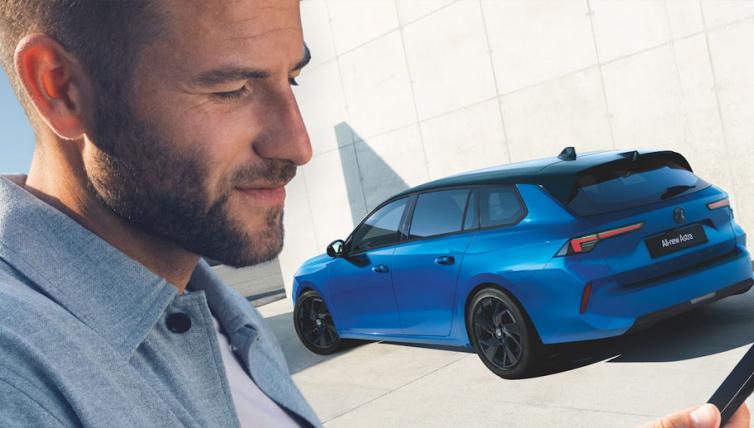
Why get a hatchback?
Understanding what a hatchback vehicle is and if they are right for you.
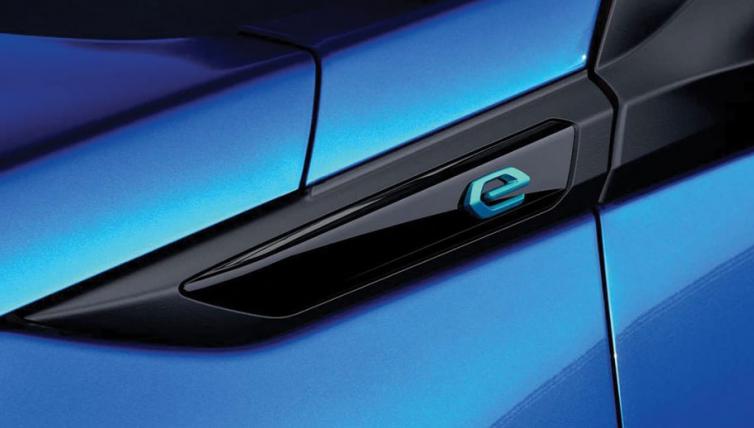
The pros and cons of electric cars
Find out more about electric and hybrid cars.

